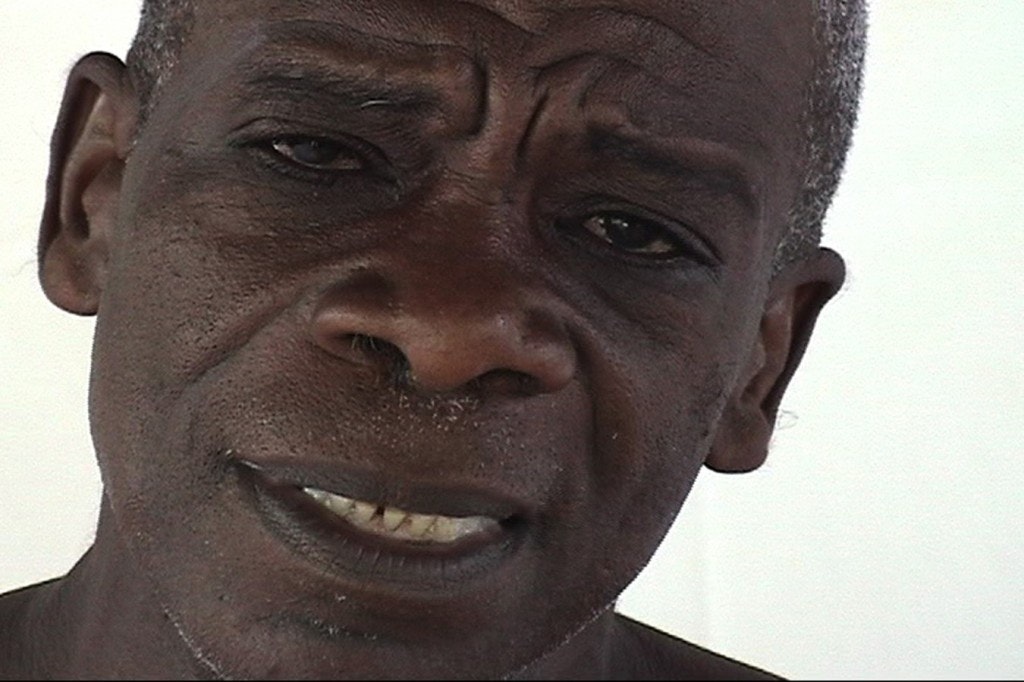Her title, April 19, 20, 21, 1978 refers to the days of Italian Prime Minister Aldo Moro’s kidnapping and murder by the Red Brigades. But on April 19, his captors had released a photo showing Moro holding up that day’s newspaper, proof he was still alive. Depending on the country and individual publication involved, the picture was reproduced in different scale, typically a marker of the editors’ decision as to the story’s importance for their readership. Thus, in a Canadian newspaper, it was a smiling Queen Elizabeth holding her baby grandson that dwarfed the picture of the captive Moro. Charlesworth’s Modern History is something in the nature of a Barthesian semiotic, iconographic, and (implicitly) ideological investigation of the role of the image in the news print media. Thus, she was not especially concerned with the image qua image, whether as photograph or reproduction of a photograph, but rather, the image as part of a complex and highly mediated system. That in some elusive way these works are also graphically beautiful, is difficult to explain, and not necessarily relevant to my arguments here. But one obvious question this series provokes is categorical: is this work “photography?” A positive response means it belongs in the same company as Robert Adams. Or, for that matter, William Henry Fox Talbot and Alfred Stieglitz. And even though Charleworth’s ostensible subject is “the news” and its internal imagery based on editorial or journalistic photography, as works of art these series cannot be slotted into the category of the vernacular. A negative response to the question triggers an even larger constellation of issues—issues that are epistemological, institutional and discursive.







